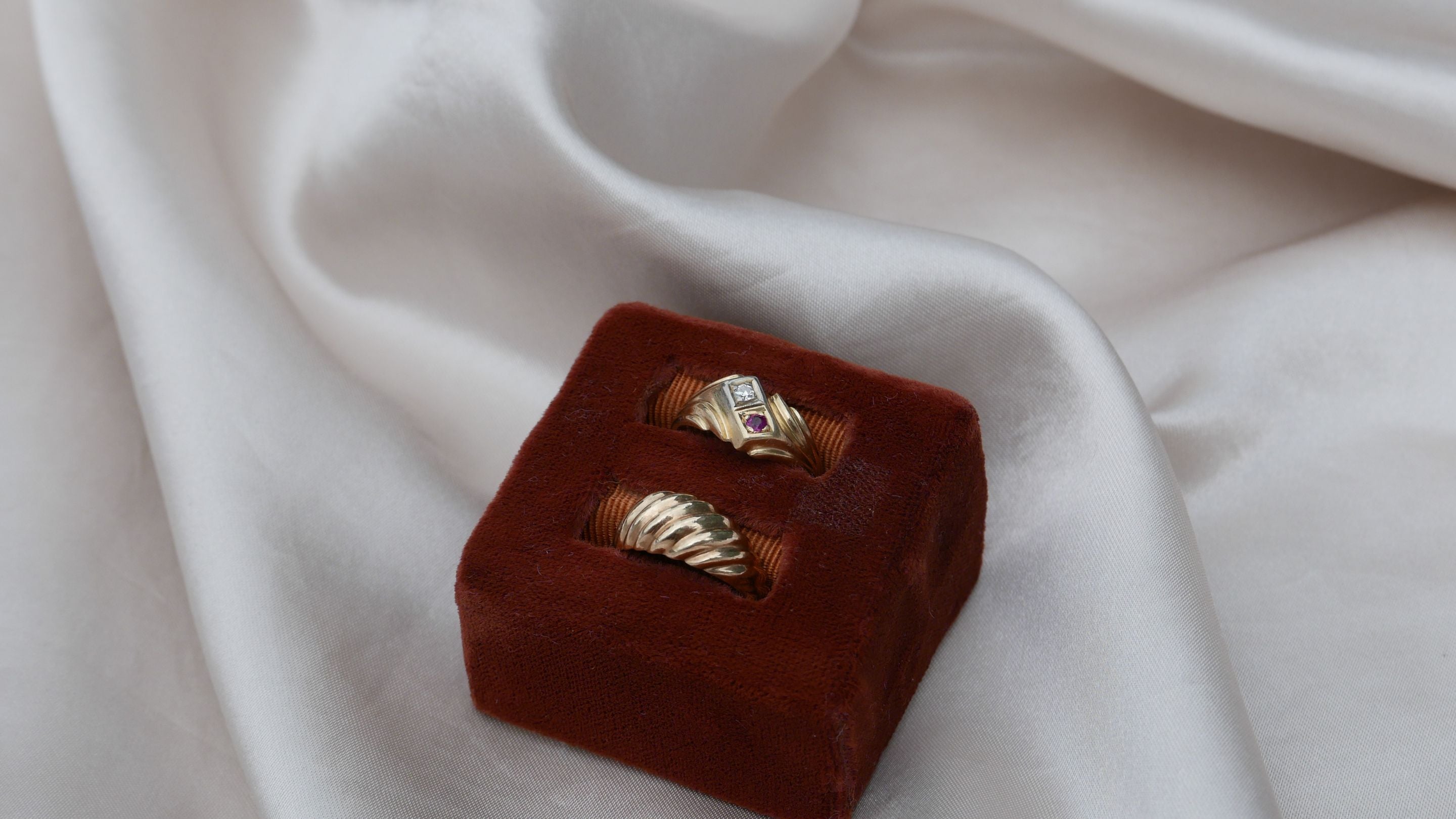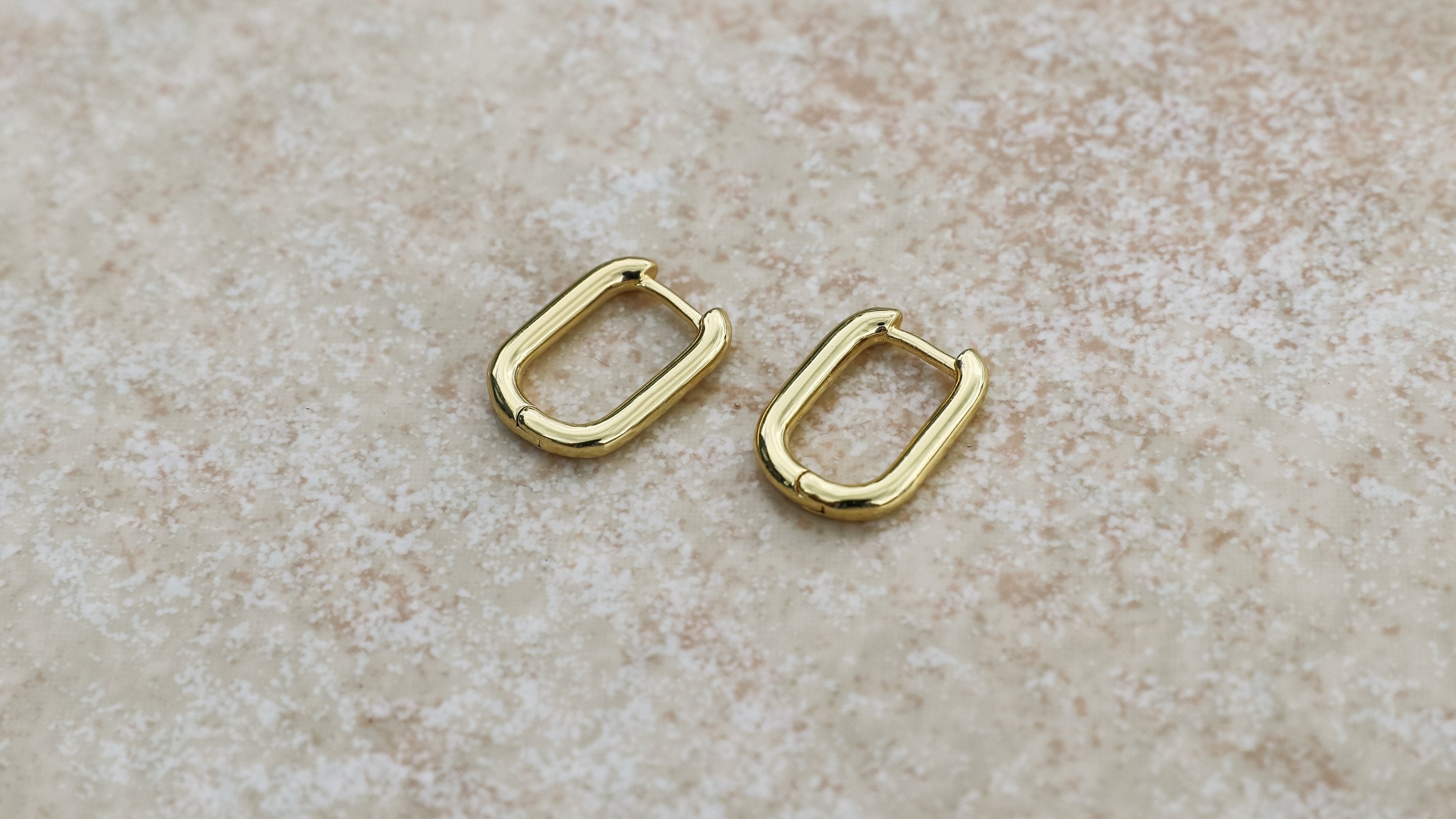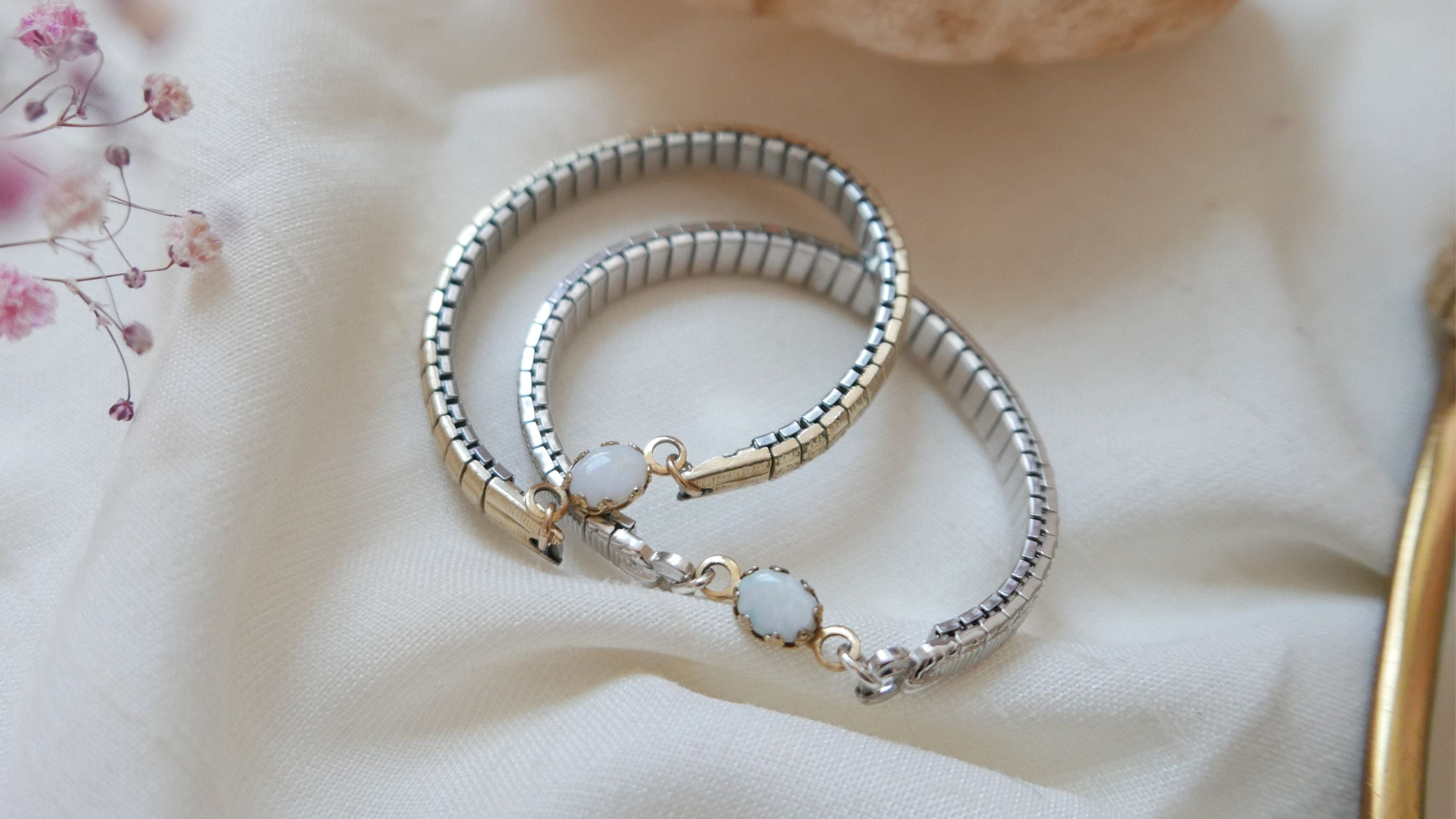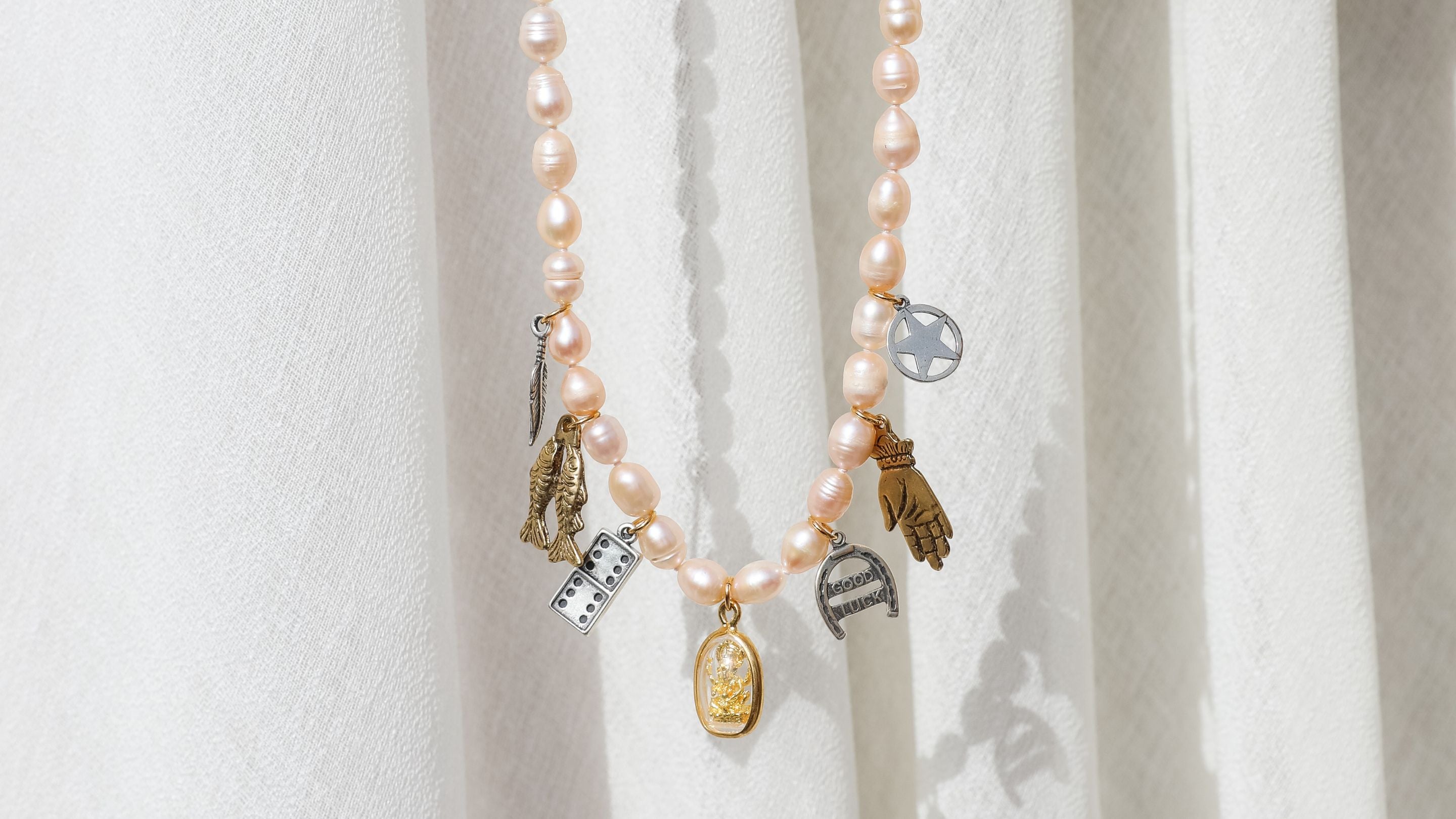Jewelry is usually symbolic. An heirloom ring reminds one of their grandmother; a birthstone necklace, for a mother, may represent her children’s birthdays; even an engagement ring is a symbol of commitment on the finger once thought to contain the vein that runs straight to the heart. Often, the meaningfulness of our jewelry is subtle, only fully understood by the wearer.
But one type of piece is quite the opposite, in that it is relatively rather literal: lockets.
To me, lockets are a truly classic, even traditional, piece of jewelry. Lockets remind me of old films and novels—a whimsical character with the photo of their long-lost love tucked into a heart around their neck. However, it turns out that the history of lockets spans back much further.
Lockets are thought to have originated as early as the 16th century, and not for the usage we attribute to them now. Instead of representing love by containing photos of loved ones, lockets represented patriotism by containing miniature painted portraits of one’s monarch. They were worn by men and women in varying shapes (not just hearts), and were not only fixed to necklaces, but bracelets and rings as well. Over time, lockets became more personal, with their insides containing cherished mementos of loved ones who had passed away or, during the First World War, soldiers who would be away from home indefinitely.
Today, lockets are still worn and gifted, though the styles have become more streamlined and wearable (unlike Queen Victoria’s eight-locket bracelet, each containing a lock of hair from one of her eight children!). True story: one of my all-time favorite pieces of jewelry was a locket I received for my 10th birthday, which housed a tiny photo of my puppy and best childhood friend - (see pic below). Some of my favorite locket-interior inspirations include:
- A tiny note containing the writing from a loved one.
- One’s own baby photo, to inspire self-love and nurturance.
- Lace or another material from a wedding dress or sacred cloth.
- Pet photos.
- Meaningful mantras or a good-luck fortune.
We also get a lot of questions about how to fit photos into lockets. If you choose to take that route, here’s how:
- Start by finding a photo or two, and copy and paste your photo into your fave word processor (e.g. Google Docs or Word⏤no photoshop necessary!)
- Make a test template to get a sense of the general size you need! Trim a piece of paper to the perfect size to fit your locket.
- Measure the paper test template and resize your photos on your computer to create slightly larger and slightly smaller variations. Quality isn’t too much of a concern, since they will be so tiny anyway. Now you are ready to print! We recommend printing a few sizes, to achieve the perfect fit. You can also use regular computer paper and ink.
- Trace your template over the printed image and cut it out with scissors. Put clear tape over both sides of the photo (almost like laminating it!) to avoid the ink from bleeding or smudging if the locket gets wet.
- Pop it in using a needle or safety pin and push the edges inside/below the lip.
- Keep your loved ones close!
When you are shopping for your own Stone Cooper locket, you can always trust in the quality and sourcing. Almost all of our lockets are deadstock vintage—most of them come from the 1950s/60s. They are also either gold-filled or sterling silver, so you will be able to wear it, love it, and gift it forever, while also knowing it comes with its own story. Now, you can add your own.
See our collection of lockets here.
xo, Kat







My childhood locket, with the original photos I fit in when I was ten years old.
Source: https://www.acsilver.co.uk/shop/pc/History-of-the-Locket-d264.htm#:~:text=The%20tradition%20of%20wearing%20a,those%20with%20particularly%20patriotic%20tendencies.






0 comments